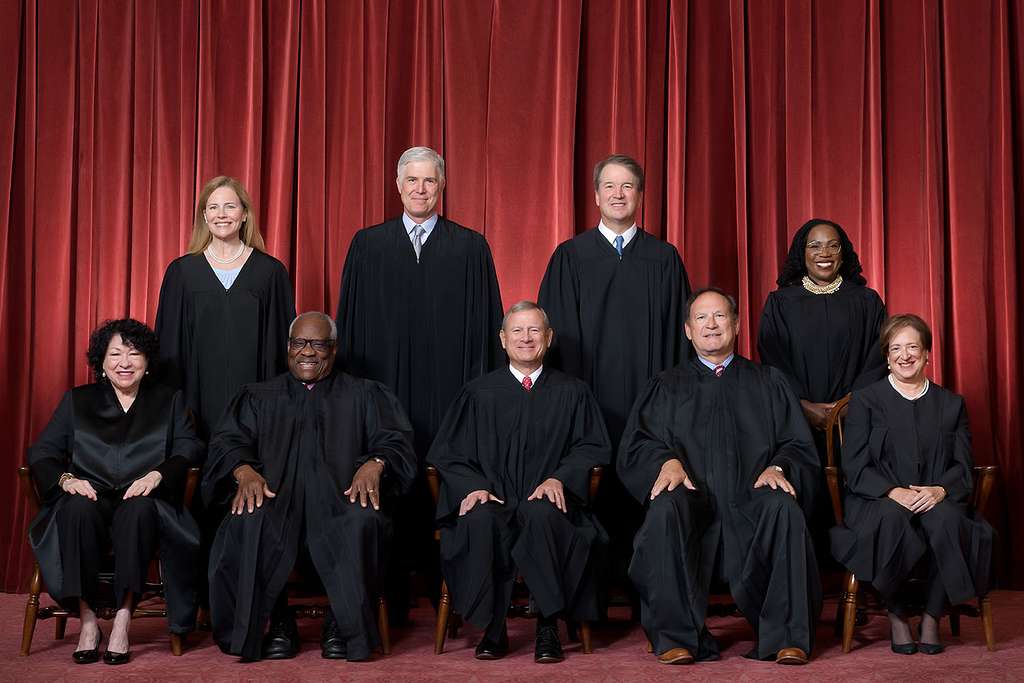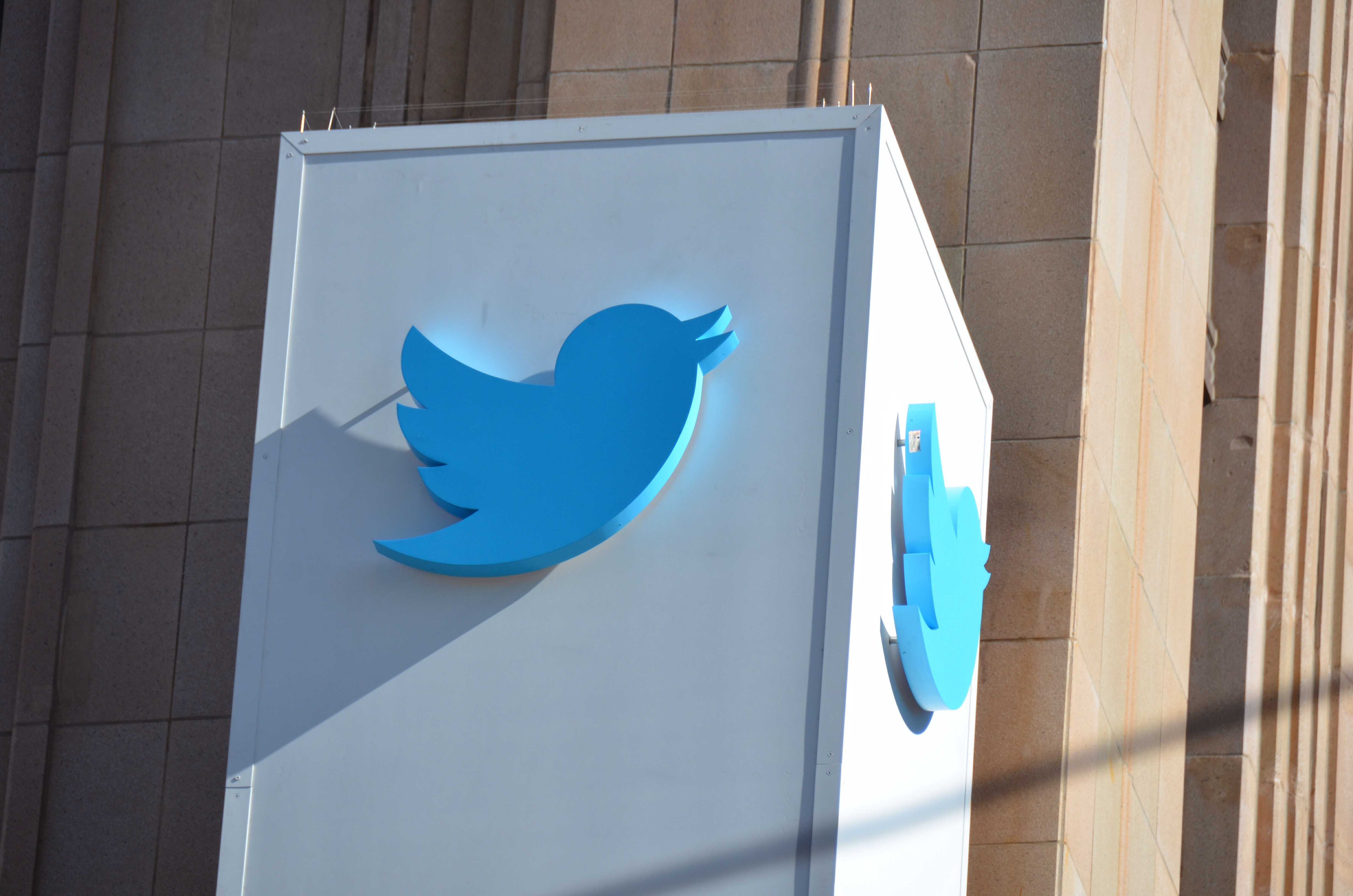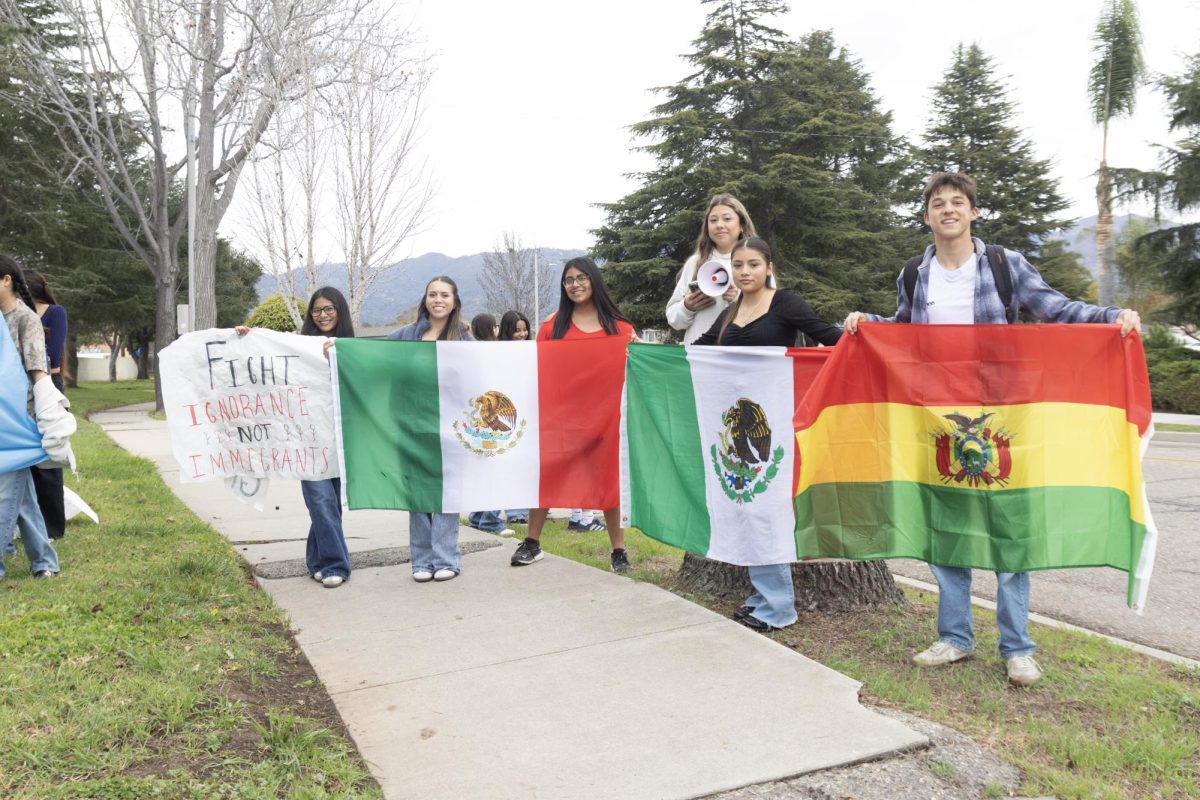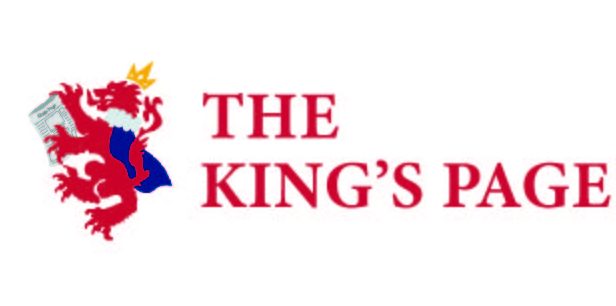Elon Musk has recently bought Twitter, causing controversies over free speech and instating mass layoffs. On April 14, the acquisition process of Elon Musk buying Twitter finally began. However, on July 8, he began questioning the $44 billion deal and tried to back out of it. Musk’s reasoning for the decision was that the company had failed to accurately count how many spam accounts were present on the platform. Four days later, Twitter sued the billionaire in an attempt to force him to follow through with the deal. On October 27, Elon Musk officially assumed ownership of the app, tweeting, “The bird is freed,” soon after.
Immediately after obtaining Twitter, Musk fired four of the top executives; Sean Edgett, the General Council; Parag Agrawal, the Chief Executive; Vijaya Gadde, the Legal and Policy Executive; and Ned Segal, the Chief Financial Officer. This was followed by mass layoffs, where on October 4, Musk fired around 3,700 of the 7,500 employees that worked there. Now, employees are filing lawsuits against him saying that he violated the WARN Act, due to concerns over how they were not given proper notice of the situation. The California Worker Adjustment and Retraining Notification Act (WARN) states that employers must give a 60 day notice to all affected employees and both local and state representatives before a mass layoff. Almost 1,000 of the affected employees worked in California, causing this to come into effect. However, in an announcement, Twitter said that the employees will be paid both their full wages and benefits until the day of termination (January of 2023).
The verification check mark for users on Twitter did not exist until 2009, and it was used to protect people who were at risk of fraud on the platform. Now, Elon Musk wants to have users pay $8 each month to be verified. This would generate more revenue for the company, which is needed after the $44 billion deal. Musk’s other reasoning behind this is that it would help separate real people from spam accounts, and he also plans to create a separate element that would show up for public figures and government officials. However, people are worried that this could increase the amount of false information that circulates the app. Others are concerned about giving their credit card information to the company.
Elon Musk also plans to add benefits to the subscription service, such as seeing less ads as other users, and having the ability to post longer content.
Musk’s main reason for buying Twitter was that he wanted there to be total free speech on the platform – with the exception of anything that is illegal. Some brands are now worried that their advertisements will appear alongside tweets that may be controversial, which could result in a loss of revenue for the company.
Musk also said that he wants the platform to be open to voices that he believes have been suppressed on the platform, and people are starting to worry if the subscription services will unfairly affect free speech on the app. With the ability to post longer content, it is easier for paying members of the app to express their opinions, and it also brings up the question, is it really free speech if you have to pay $8 a month for it?
Elon Musk also wants to lift permanent account bans, except for ones on spam accounts and accounts that made threats of violence. Among these unbanned accounts are Donald Trump, and possibly Steve Bannon, Marjorie Taylor Greene, and Roger Stone. Last week, after many concerns were voiced, Musk clarified that anyone who was banned on the platform would not be allowed on until after the midterm elections, and for a few weeks after that.
So much has already changed for Twitter, from mass layoffs to subscription plans, reversing bans and greater free speech. With Elon Musk’s plan of turning Twitter into an ‘everything app’, there are still more changes to come for the platform.



























